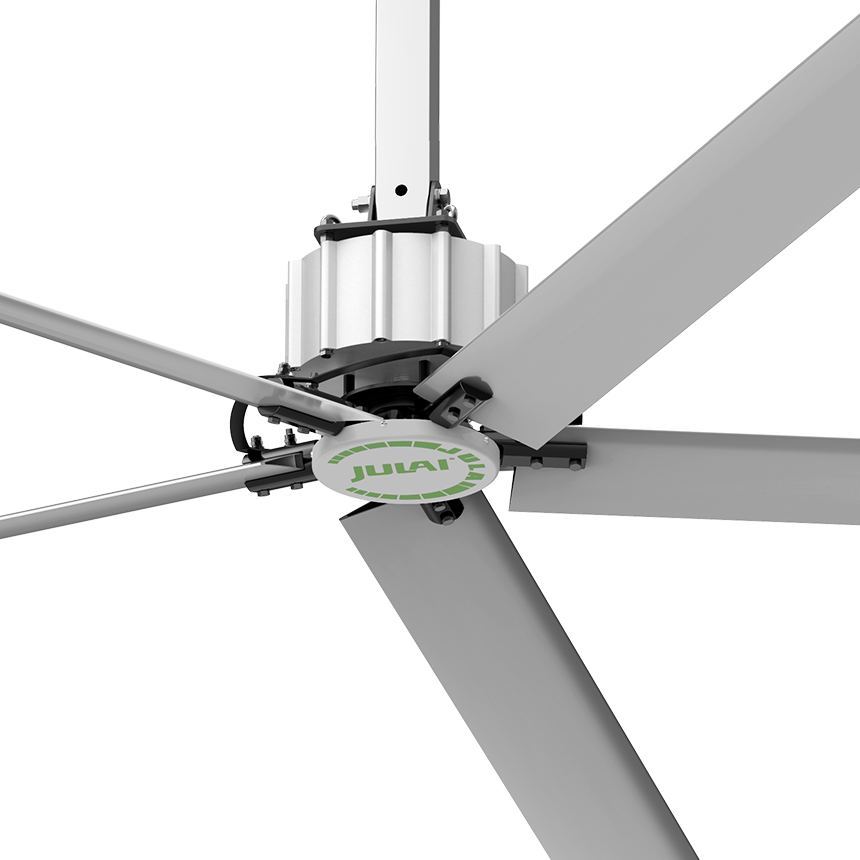Large PMSM Ceiling Fans In Logistics Warehouse
2025-03-28
|
Fans User:Logistics Warehouse
Customer area:Guangdong, China
Application products:5 sets of 5.5m/18ft RF2 series ceiling fans
Installation structure:I-beam structure
Background
This logistics warehouse covers an area of approximately 2,000 square meters. It has a spacious layout with a large amount of materials piled up. However, the ventilation is poor, with few windows and doors, resulting in a stuffy environment that is prone to bacterial growth and fire hazards. Moreover, it is prone to moisture, which can cause packaging to mold or metals to rust.
Dilemma
①. The warehouse is spacious and tall, with a large amount of materials being stacked and stored;
②.The ventilation is very poor. There are few windows and ventilation openings in the warehouse. It is very stuffy in summer and prone to bacterial growth and fire hazards; ③. High humidity and damp conditions are likely to cause mold growth on the packaging. Effect
● The diameter of the warehouse large fans is 5.5 meters. They adopt the HVLS principle. The fan blades blow air downward, forming an air layer of a certain height that circulates horizontally along the horizontal direction, like the natural wind blowing over the surface of the human body, promoting the evaporation of sweat and making people feel a 3-5 degree perceptual cooling effect;
● When the large warehouse ceiling fans operate, they generate a large amount of flowing air that sweeps over the surface of objects, taking away the humid air on the surface of the objects and driving away the moisture in the air. This protects the stored materials or objects from getting damp and moldy; ● The large warehouse ceiling fans are installed on the top of the warehouse, about 5-6 meters above the ground. They do not occupy the floor space and avoid the danger caused by collisions between personnel and handling equipment, ensuring the safety of employees. They have solved the ventilation and cooling problems of the basketball hall.Each fan consumes 1.1KW of electricity per hour and significantly reduces energy consumption. |
|




